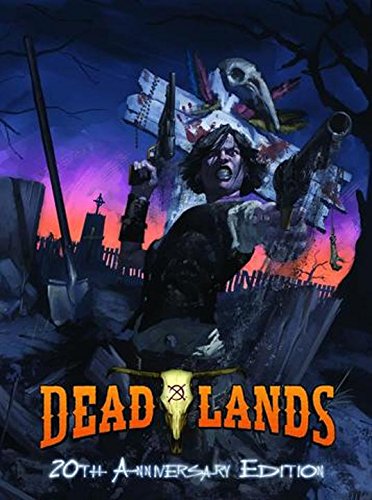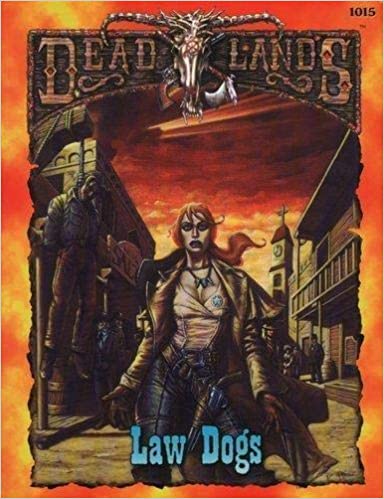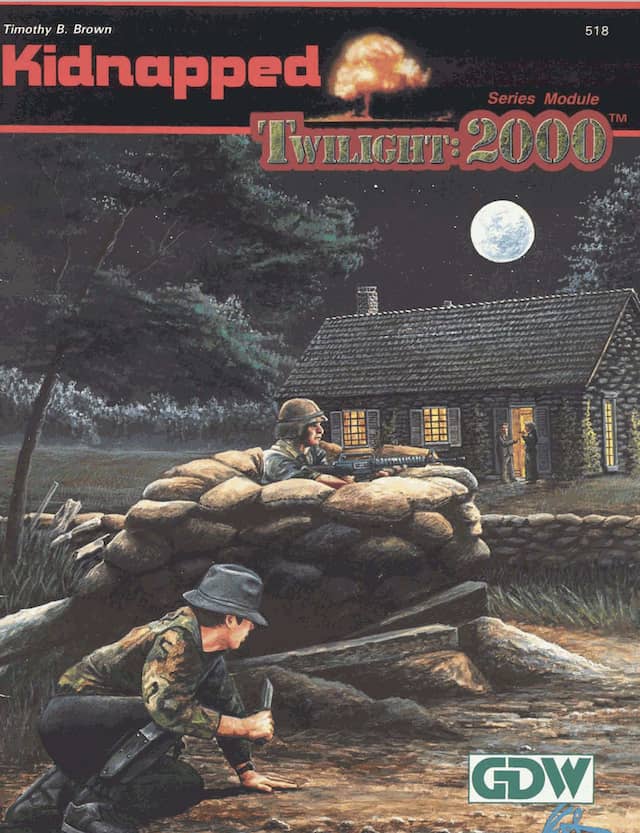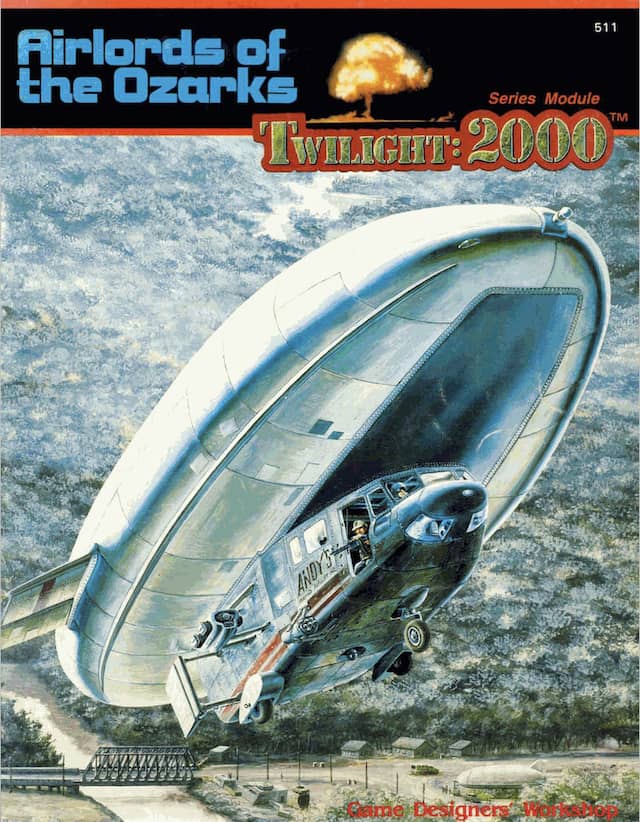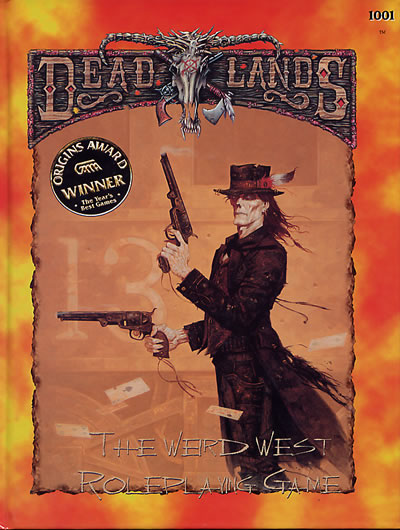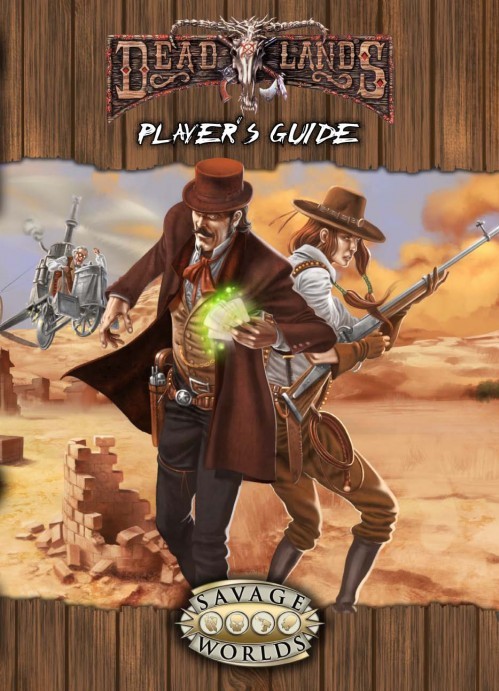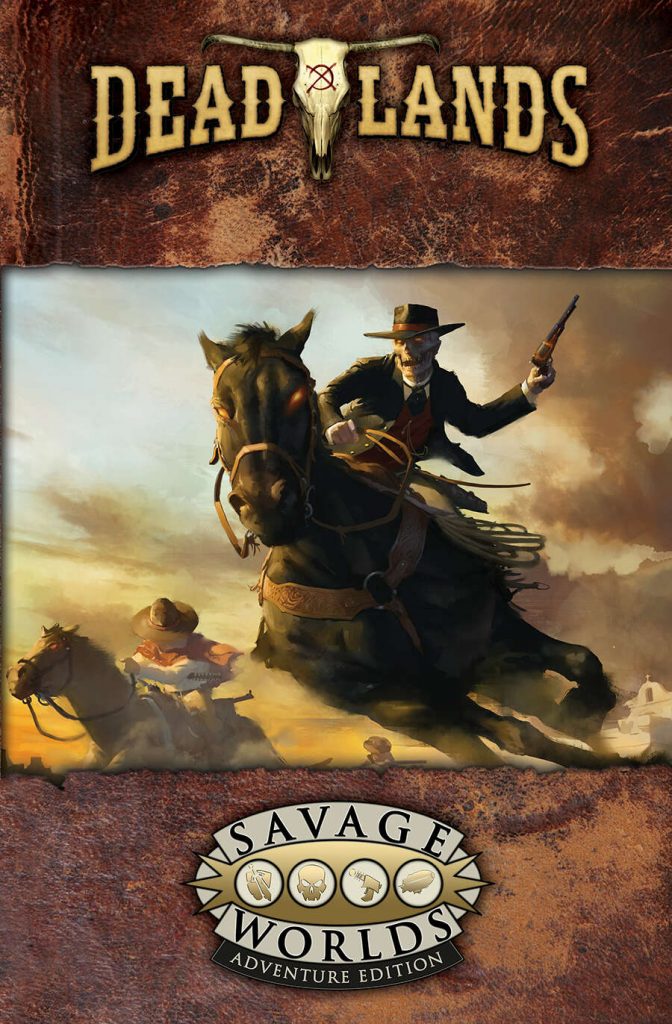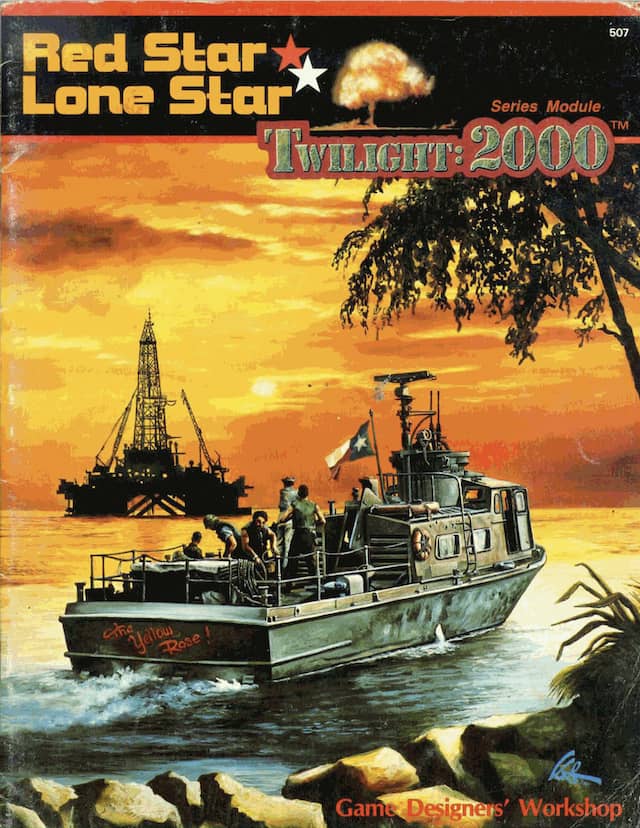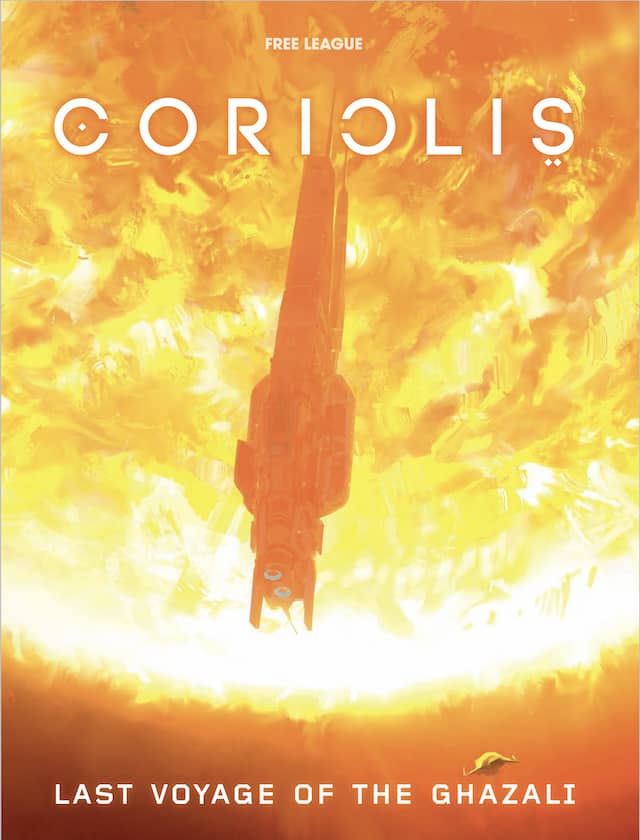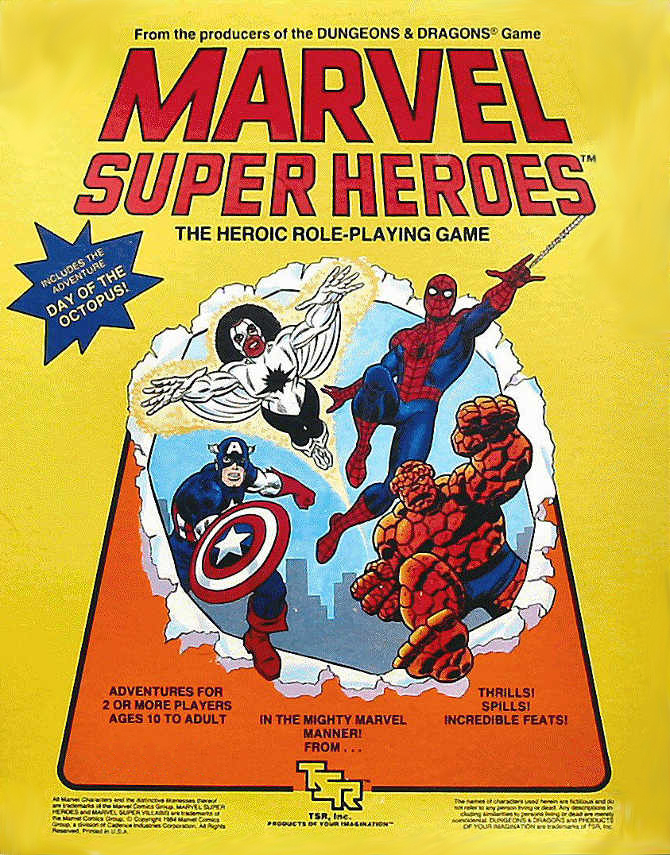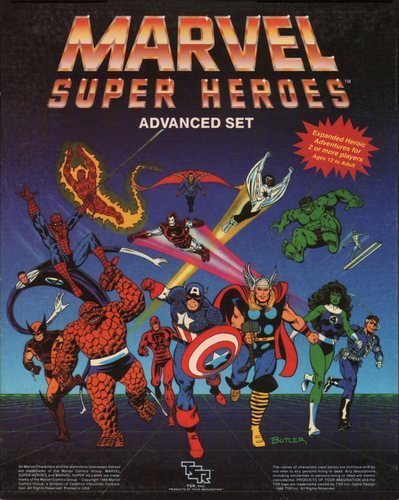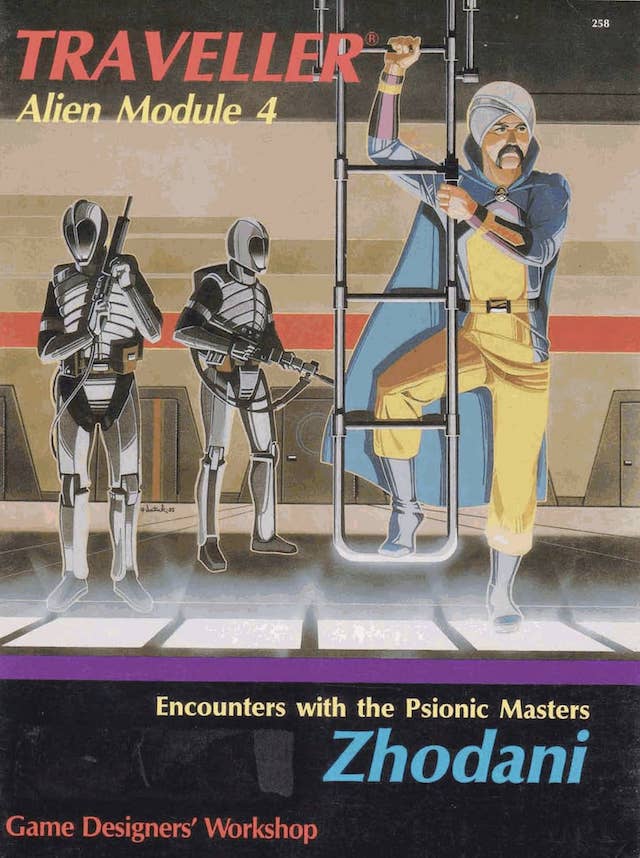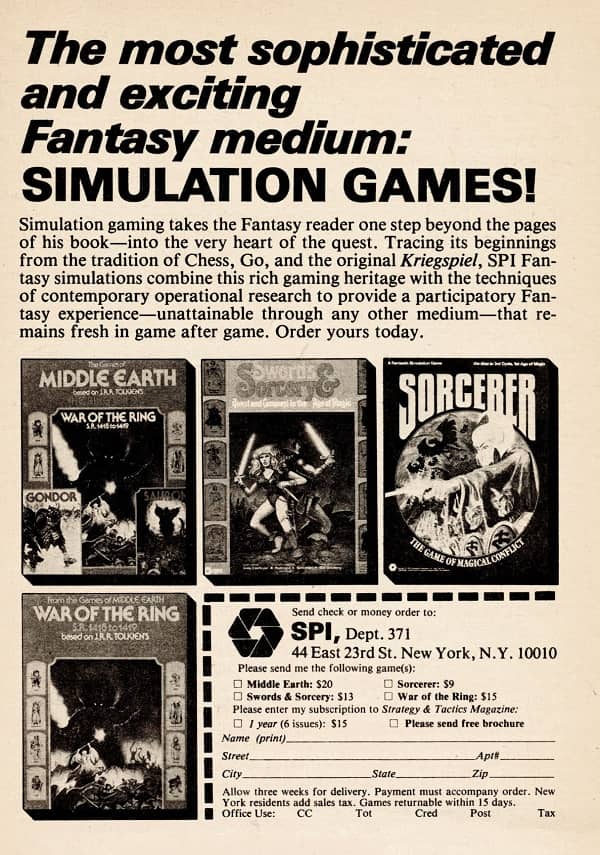Draw Your Guns, Pardner, for more Deadlands!
Firearms from the Old West era have always fascinated me. It’s not simply the physical attractiveness of such weapons, though some are quite pleasing to look upon, but it’s the mechanics and the operation of these firearms which has always drawn me. Single-action revolvers, lever-action rifles, cap and ball weapons, even scatter guns of the period, they all take a certain amount of basic knowledge and skill to operate, to even load, let alone fire. There has always been something about the physical manipulation of such weapons which has interested me, far more than most modern firearms which are more deadly but don’t usually require the same operations.
